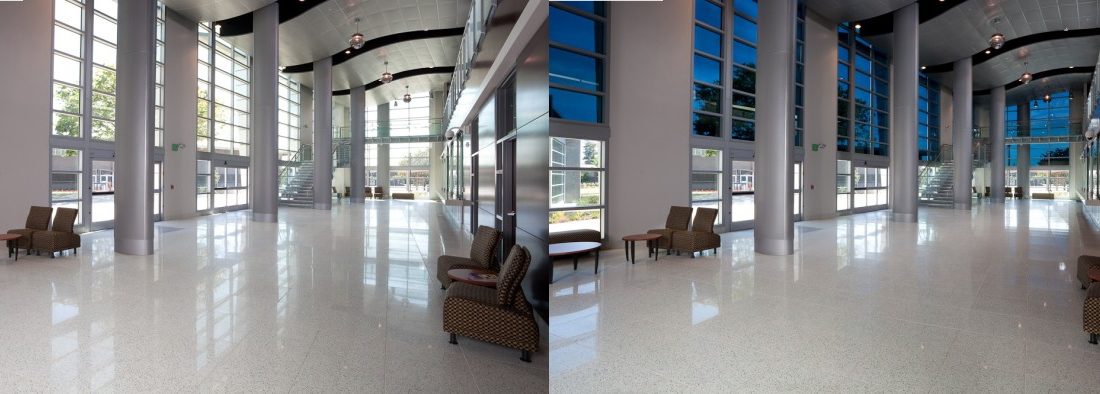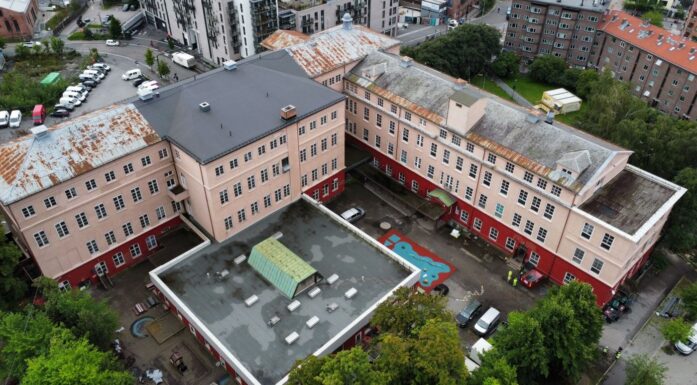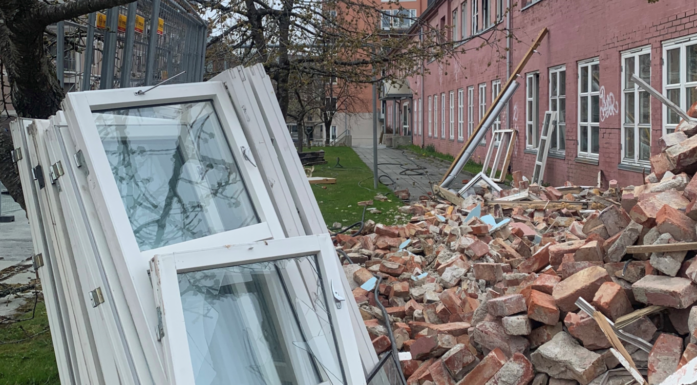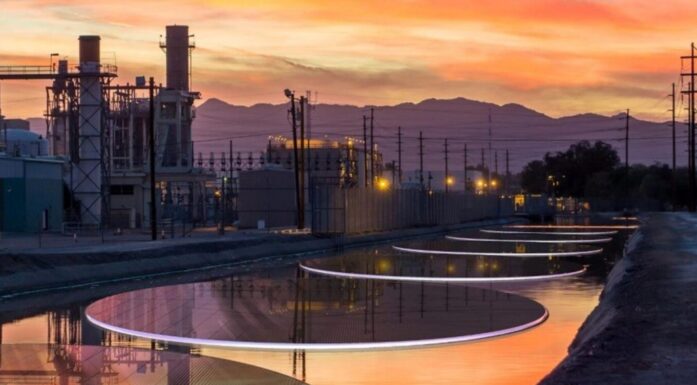Solar cells in the roof and nanotechnology in the walls
It isn’t cars and vehicle traffic that produce the greatest volumes of climate gas emissions – it’s our own homes. But new research will soon be putting an end to all that!
The building sector is currently responsible for 40% of global energy use and climate gas emissions. This is an under-communicated fact in a world where vehicle traffic and exhaust emissions get far more attention.
In the future, however, we will start to see construction materials and high-tech systems integrated into building shells that are specifically designed to remedy this situation. Such systems will be intelligent and multifunctional. They will consume less energy and generate lower levels of harmful climate gas emissions.
With this objective in mind, researchers at SINTEF are currently testing microscopic nanoparticles as insulation materials, applying voltages to window glass and facades as a means of saving energy, and developing solar cells that prevent the accumulation of snow and ice.
FACTS:
The work to develop the building materials of the future is being carried out as part of a collaborative effort involving SINTEF Materials and Chemistry, SINTEF Building and Infrastructure, and coordinated by the Zero Emission Buildings (ZEB) research centre. A number of other partners are also participating in the project. Se: www.zeb.no
Giving industry a boost
Research Director Susie Jahren and Research Manager Petra Rüther are heading SINTEF’s strategic efforts in the field of future construction materials. They say that although there are major commercial opportunities available in the development of green and low carbon building technologies, the construction industry is somewhat bound by tradition and unable to pay for research into future technology development.
“The strategic process currently being driven by SINTEF Building and Infrastructure and SINTEF Materials and Chemistry allows us to position ourselves to assist in the industry’s development while at the same time also giving it a boost”, say Jahren and Rüther.
“Our researchers are working hard to produce innovative ideas about the directions future development might take. Then we check to see if the ideas they come up with are viable from a cost-benefit and environmental perspective”, they say.
Nanotechnology in the walls
SINTEF researcher Bente Gilbu Tilset is sitting in her office in Forskningsveien 1 in Oslo. She and her colleagues are looking into the manufacture of super-insulation materials made up of microscopic nanospheres.
“Our aim is to create a low thermal conductivity construction material “, says Tilset. “When gas molecules collide, energy is transferred between them. If the pores in a given material are small enough, for example less than 100 nanometres in diameter, a molecule will collide more often with the pore walls than with other gas molecules. This will effectively reduce the thermal conductivity of the gas. So, the smaller the pores, the lower the conductivity of the gas”, she says.
While standard insulation materials such as mineral wools have conductivities in the region of 35 milliwatts per metre, nanospheres may exhibit values as low as about 20 mW/m. This is lower than the thermal conductivity of air. At present, these spheres are only available as a powder, but our dream is to aggregate them to form flexible mats.
In the future, nano-insulation materials such as these will enable us to reduce existing insulation material thicknesses. The mats will probably be more expensive than current products such as ‘Glava’, but will offer a better option in situations where space is at a premium such as in protected buildings where there are restrictions on making modifications to facades. They also work well as insulation materials for oil pipelines and industrial tanks.
Building-integrated solar cells
In the future, solar cells installed in panels fixed to our roofs and walls will be a thing of the past. Instead, they will be integrated into the roof tiles and external wall panelling materials. This will save on building materials and construction costs, and will reduce electricity bills.
In spite of Norway’s long, dark, winter nights, we are exposed to just as much daylight as Germany or the UK. A colder climate is in fact an advantage because solar cells are more effective in the cold.
“We reckon that this will become part of the Norwegian building tradition”, says physicist and SINTEF researcher Tore Kolås.
As part of the project “Bygningsintegrerte solceller for Norge” (Building Integrated Photovoltaics, BIPV Norway), researchers from SINTEF, NTNU, the IFE and Teknova, are planning to look into how we can utilise solar cells as integral housing construction components, and how they can be adapted to Norwegian daylight and climatic conditions.
One of the challenges is to develop a solar cell which prevents the accumulation of snow and ice. The cells must be robust enough to withstand harsh wind and weather conditions and have lifetimes that enable them to function as electricity generators.
“However, we will also be developing the construction materials so as to optimise their ability to adapt to Norwegian daylight conditions where the sun is low in the sky and solar radiation commonly diffuse”, says Kolås.
“Our aim, purely and simply, is to develop systems that are so effective that it will be natural for developers to consider them when evaluating building materials in the design phase.
Give and take
Today, we spend 90 per cent of our time indoors. This is as much as three times more than in the 1950s. We are also letting less daylight into our buildings as a result of energy considerations and construction engineering requirements. Research shows that daylight is very important to our health, well-being and biological rhythms. It also promotes productivity and learning. So the question is – is it possible to save energy and get the benefits of greater exposure to daylight?
Technologies involving thermochromic, photochromic and electrochromic pigments can help us to control how sunlight enters our buildings, all according to our requirements for daylight and warmth from the sun.
And with energy savings in mind, it may also be useful to employ materials that both absorb and release energy. So-called “phase-changing materials” offer this possibility.
For example, materials of this type can enable us to set the temperature of a room at 22 degrees. If the temperature falls below this level, the material will release heat into the room, or absorb it if the temperature rises above the stipulated level.
“Another possibility is the use of electrochromic coatings”, says researcher Bjørn Petter Jelle. “This is a controllable technology made possible by applying an electrical voltage to a window. Users will be able to fix the level of solar radiation entering a building. This contrasts with adaptive technologies which adjust their function to ambient temperatures and other environmental factors. In the case of thermochromic windows, the glass changes colour according to the temperature, whereas photochromic windows change colour in response to changes in solar radiation intensity. Adaptive technologies enable us to decide the degree of adjustment as determined by temperature variation and the level of intensity of solar radiation.
Jelle says that electrochromic windows are already on the market. “They are frequently called ‘smart’ windows. Other non-traditional approaches used in windows as a means of exploiting external factors include the use of aerogel”, he says.
In the future, solar cells will be integrated into the roof tiles and external wall panelling materials. This will save on building materials and construction costs, and will reduce electricity bills.
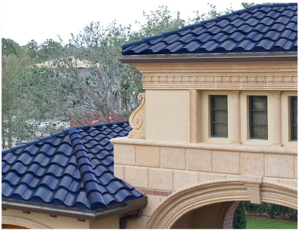
In the future, solar cells will be integrated into the roof tiles and external wall panelling materials. This will save on building materials and construction costs, and will reduce electricity bills. Photo: Solar Thermal Magazine 2010
Self-healing concrete
Every year, between 40 and 120 million Euros are spent in Europe on the maintenance of bridges, tunnels and construction walls. These time-consuming and costly activities have to be reduced, and the project CAPDESIGN is aiming to make a contribution in this field.
The objective of the project is to produce concrete that can be ‘restored’ after being exposed to loads and stresses by means of self-healing agents that prevent the formation of cracks. The method involves mixing small capsules into the wet concrete before it hardens. These remain in the matrix until loads or other factors threaten to crack it. The capsules then burst and the self-healing agents are released to repair the structure.
At SINTEF, researchers are working with the material that makes up the capsule shells. The shell has to be able to protect the self-healing agent in the capsules for an extended period and then, under the right conditions, break down and release the agents in response to the formation of cracks caused by temperature, pH, or a load or stress resulting from an impact or shaking. At the same time, the capsules must not impair the ductility or the mechanical properties of the newly-mixed concrete.
“We’ve carried out stress tests to measure both static and impact strength”, says Huaitian Bu at SINTEF Materials and Chemistry. “And we’ve now developed a technology called FunzioNano® by which we can manufacture hybrid nanoparticles which will improve the properties of the shells”, he says.
A major EU application is currently being prepared for a project where the aim over time is to develop a concrete with a particular focus on energy efficiency, longer lifetime and robustness. The concrete is planned to be used in load-bearing constructions in harsh, low temperature (Arctic), or high temperature (desert), climatic conditions. Nanoparticles are available that will provide the special properties required.
When passive houses become the standard in Norway, house building will become more expensive, regardless of the materials chosen. For this reason, some people believe that in ten years’ time an increasing number of private homes will be built in concrete because this material has thermal properties that promote optimal energy efficiency.
